Muscle Response Testing (MRT), also called Applied Kinesiology, is one of the primary tools I use during all appointments. It is also something I regularly use in my daily life. It is not something limited to naturopaths but can be learned and utilized by anyone.
Some notes about MRT.
- Dr. George Goodheart, in the 1960s, found that normal and abnormal body function could be evaluated with muscle tests.
- Since its discovery, it has been broadened, using meridian lines of the body, to include all systems. It is also called Applied Kinesiology.
- We are able to handle 50,000 synaptic inputs in each single neuron and there are one billion miles of nerve pathways in the brain.
HOW CAN MUSCLE TESTING WORK?
“The brain, like the physician, diagnoses the state of the body. Rather than periodically, however, it does it by the milli-second 24 hours a day. Because the brain is directly connected to every cell or group of cells in the body, it not only makes the perfect diagnosis but orders the perfect response. Unlike the physician, there is no guess work by the brain. It knows exactly how to meet the body’s needs. It is the ultimate physician.” (Category ll, “Introductions to Sacro-occipital Technique.”)
Self Muscle Testing
Option 1: This is my preferred method currently. Put your thumb and middle finger together like you are going to flick something away. To test, try to resist the flick. If you can, it is strong. If you cannot, it is weak.
Option 2: Put first two fingers together, with the middle finger on top of index finger. To test, push down on your index with the middle finger while resisting with the index finger. You push on the nail bed. Strong is when the top finger stays in place. Weak is when the top finger slides off the side. You can use any two fingers that are next to each other.
Option 3: This is the same as the previous method except weak is the finger sliding forward toward the tip of the nail.
Option 4: This is the same as the previous two methods except weak is the bottom finger bending.
Option 5: Bring the tips of your thumb and index finger together, forming a circle. To test, insert a finger from your other hand into the middle of the circle, then try to pull through the place where the tips of the thumb and finger meet. Strong is the circle not breaking. This was my favorite way until recently.
Option 6: This is the same as the previous method except you use the first two fingers and thumb to break apart the circle instead of a single finger.
Option 7: This is the same as the previous method, except you use your other hand with the same circle pattern and you try to pull the interlocked finger circles apart.
Option 8: While seated, raise one heel up so the foot is on the toes. To test, push down with your hand on your knee, trying to push the heel down. Strong is the heel staying up.
Option 9: Rub thumb and forefinger together. There will be a slight sticking on yes answers due to the tension.
Option 10: Use a flat, smooth surface. (can use a table, ideally it will be a slick surface like formica). This is similar to the previous method as a yes will have a slight sticking feeling. Move finger tips in a circle.
Option 11: Use a pendulum (it can weird people out). Everyone has a unique yes and no pattern. This method requires a bit of time to figure out what your yes and no patterns are.
Other Options: There are many other methods. If you are visual and none of these methods work, perhaps closing your eyes and seeing a green light for yes and a red light for no will work. Others have said that making a fist and feeling if it is a strong, tight fist works for them. If you are having trouble, keep trying and remember you must be a clean slate seeking the truth.
| Muscle Response Testing Steps
1. Balance yourself Remember how opposites attract when considering polarity. In mrt that means opposites are strong. Place your hand on the top of your head, palm down, and test. It should be strong. Turn your hand over and put the back of your hand on your head and test. It should be weak. If this is not the case: Make sure you have had enough water to drink. Rub K27 points on chest. Rotate feet and ankles while standing, one foot at a time. Cross-brain integrate. 2. Seek the truth by being a clean, blank slate 3. Check for accuracy. Ask if your name is your correct name. It should be a yes. Then ask if it is the wrong name, it should be a no. Ask if you are standing or sitting. Whichever is correct should be a yes. Helpful hints Practice makes perfect. Energy follows intent. This means that if you have a clear, honest intent you are more likely to be successful. Don’t over-ask the same question. I find that my body gets snarky and will give me really random results if I don’t trust it the first time or two. Keep trying techniques until you find one that works the best for you 90% of the time. MRT is about 90-100% accurate (this can be skewed by a myriad of things however). Random fun things: use it if you are trying to figure out whether to turn left or right, when you are having trouble with a decision, or when you are trying to find a lost object. |
As always, let me know if you have questions. Love, light, and happiness to all!
